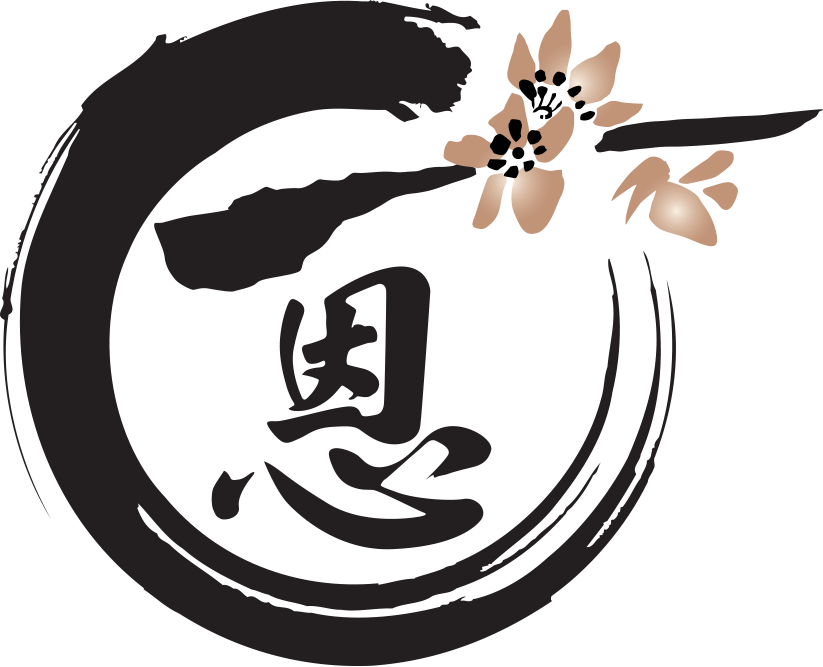Cupping therapy uses cups as tools with a flame or vacuum device to create negative pressure causing the cup to be adhered to the skin’s surface and creating a congestion of blood. This therapeutic method stimulates blood and channel flow, improves qi and blood circulation, reduces inflammation and pain, dispels pathogenic wind and cold, dissolves and draws out toxins, reduces heat and eliminates moisture. However, cupping therapy is a dispelling method. Patients with weak blood and qi constitution as well as bleeding disorders are to be cautious, only using this method under the diagnosis and directives of a physician.
This treatment method is often used in combination with acupuncture and bloodletting therapy.
The application of cupping therapy can be categorised into several methods outlined below:
1 – Stationary cupping – After the cups are adhered to the skin’s surface, they are usually left at the treatment site for 5-10 minutes. Often used for anemofrigid-damp athralgia, cervical radiculopathy and sciatic pain.
2 – Moving cupping – The opening of the cups is applied with herbal ointment and adhered to the skin. Gripping the base of the cups, the cups are then moved up and down repeatedly until the skin is flushed red. The application area is larger, for more muscular and fleshy regions such as the lower back. Often used for the common cold and cough symptoms.
3 – Flash cupping – As soon as the cup is adhered, it is immediately removed. This is repeated many times until the skin is flushed red. Often used for facial paralysis.
4 – Bloodletting cupping – A plum blossom needle or three-edged needle is first used to scrape or pierce the targeted area to allow bleeding. Cupping is then performed to bleed 3-5 millilitres. Often used for acne and other dermatological disorders.
The effects of cupping therapy for muscular stiffness and aches are rapid and positive. It is also often used to alleviate fatigue induced tension pains. Additionally, cupping therapy is also applicable for the following disorders:
1 – Musculoskeletal System
Cervical spine pain, shoulder joint and scapular pain, elbow pain, thoracic spine pain, lumbar spine pain, sacral pain, hip pain, knee pain, ankle and heel pain.
2 – Neurological System
Neurological headache, occipital nerve pain, intercostal neuralgia, sciatic pain, peripheral neuropathy induced by rheumatoid, neck muscle spasm, calf muscle spasm, hemifacial spasm and diaphragmatic spasm.
3 – Respiratory System
Acute and chronic tracheitis, asthma, pulmonary oedema, pneumonia and pleurisy
4 – Gastrointestinal System
Acute and chronic gastritis, gastric pain, indigestion and gastro-oesophageal reflux disease
5 – Circulatory System
Hypertension, cardiac failure
6 – Gynaecology
Dysmenorrhea, amenorrhea, menorrhagia, leukorrhoea
